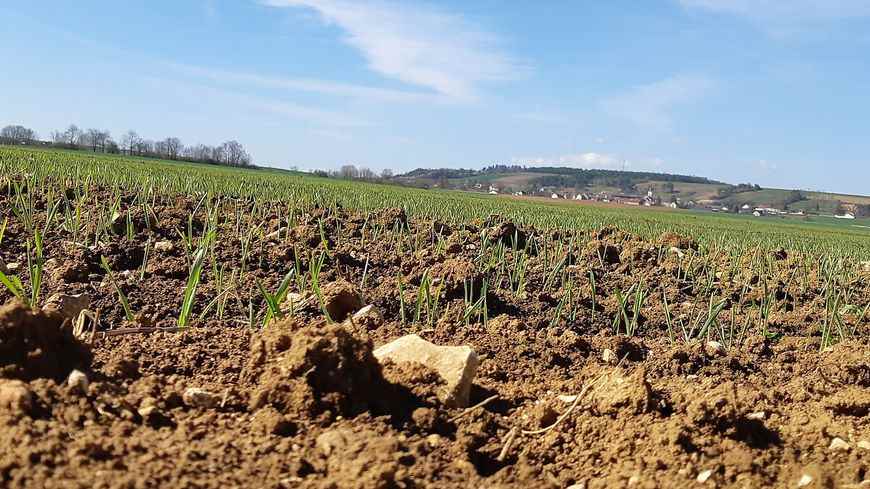It is an orange spot on a map suffused with red, that of the departments at the drought crisis level. The Moselle is an exception among its close neighbors remaining at the enhanced drought alert level. Haut-Rhin, Bas-Rhin, Vosges, Meurthe-et-Moselle, east of the Meuse are all at crisis level.
On Wednesday August 17, 2022, the monitoring committee of the Moselle prefecture met, as every week, with farmers, industrialists, communities and environmental associations and he kept the department on heightened alert. All of Lorraine is drying up but the Moselle stands out.
Groundwater level still satisfactory
The streams are not as dry than elsewhere. The Moselle river, for example, is maintained at a correct level, thanks to the Vieux-Prés dam which replenishes the river. This is called low water support and has been in place since early July. Cattenom nuclear power plant almost no longer draws from the Moselle, to cool the only reactor that is operating at the moment.
To determine the severity of the drought, the authorities focus particularly on two challenges: drinking water reserves and access to water for industry. However, the prefecture takes its samples deep and not on the surface, as in the other departments. “Many of the historical samples have been taken deeply, whether for drinking water or the department’s major industrialists, recalls Olivier Delcayrou, the secretary general of the prefecture. The water tables have been particularly well filled since last winter because the seasons have been rainy.“The groundwater situation is therefore less critical, with no risk of a supply disruption for the time being.
Finally, even if they were only brief, the few rains of recent times have been good to the rivers of the Orne or the Seille.
“We remain in a difficult situation since the western part of the department is on alert and the part is on heightened alert“, warns Olivier Delcayrou. It would not take much to switch to crisis level. This is why the restrictions on the use of water remain in force.
– Ministry of Ecological Transition
